Positioning Tips for Each Role in League of Legends
With a new Season comes new players to every role! Let’s break down positioning for the most popular classes in each role! From laning to teamfighting, we cover a bit of everything!
With a new Season comes new players to every role! Let’s break down positioning for the most popular classes in each role! From laning to teamfighting, we cover a bit of everything!
Season 2022 is underway, and many are taking the challenge to learn a new role for their ranked climb! Some might be opting for more married roles, like ADCs switching to Supports or Top Laners switching to Mid, or you might be going wild and swinging from ADC to Jungle. Regardless there’s a learning curve to each change, and one of the most important things you can mastery to help you learn your role and climb is Positioning.
So, today we’re going to break down positioning tips for each of the popular classes in each role to give you an idea on how to play the lane and teamfight phases of the game based on your Champion’s archetype. We’ll include some popular meta selections too, so if you were looking for a direct link on “who plays like this” then you’ll have a Champion suggestion to go along with it.
Top Lane is one of the most varied roles in the game, which makes it one of the most difficult to play, seeing as the matchups could be almost anyone in the League of Legends cast. But there are typically three design spaces that will always call Top Lane home, Tanks, Fighters/Bruisers, and Duelists.
Starting first with Tanks, Tanks are broken down into two Subclasses, Vanguards and Wardens. Vanguards are a more aggressively inclined space and are about diving into a fight and initiating exchanges, while Wardens are the opposite where they are about maintaining a solid defensive front in the face of enemy aggression. In the Vanguard space, you’ll see Champions that operate a lot like Malphite, Ornn, and Sion. And in the Warden space, you primarily see Shen and Poppy. (Tahm would be included but he’s to receive -another- rework to gear him towards Support soon.)
Regardless of particulars though, Tanks within Top Lane are typically all about loss mitigation since they’re a design space that is valued for what they ‘do’ and not the numbers that are applied by their abilities. Meaning, no one particularly values how much damage the knock-up does (within reason), as it’s more important that their Champion have the knock-up in the first place.
So, oftentimes you’ll see Tank players take very passive approaches to their lane phase. Positioning back and behind minions to avoid unnecessary damage, last hitting the easiest minions available, and utilizing their abilities to properly manage waves so that they’re not in vulnerable areas of the lane, since in terms of designs, Tanks are typically weakest in the area of mobility and typically make vulnerable targets early due to not having high early stats.
Tanks often play around specific item windows, like Bramble Vest, or level spikes, level 6 in particular. Reasons being that at these thresholds, Tanks are often at a point where they can start to look to interact with their opponents without needing their Jungler to supplement their damage output due to the fact that the raw amount of disruption they can lay down can prevent their targets from even interacting with them.
Come teamfight phase though, Tanks become unleashed. At this point Tanks are standing at the front of fights or near their primary targets to defend and are looking to lay down as much disruption as possible by either starting the fights themselves or disrupting the engagement of the enemy team. While which role they play typically is dictated by their Champion, all Tanks are able to utilize Flash + their primary CC ability as a typical way to get things off the ground, so you can see defensive Tanks like Poppy flash and stun enemies that position poorly to kick teamfights off despite her existing in a more defensively minded design.
What role you play as a Tank come late-game is dependent on how your team plays out fights and what threats there are to your primary carries. If you’ve got multiple Champions that like to dive and move forward like Hecarim, Zed, Kai’sa, or Leona on your team, then even as a Warden you’ll be diving into the backline so that you’re accenting what those Champions do. Oppositely, if you’re an aggressive Vanguard that wants to start a fight but you’re the only form of CC on your team, then you might have to reevaluate into a counter-engage strategy to protect your most important carry threats with your CC versus blindly engaging into the enemy.

Shifting to focus to Fighters/Bruisers who are broken into two Subclasses, Juggernauts and Divers. Juggernauts are Champions like Garen, Darius, and Sett, who are the low mobility titans of Top that are extremely high damage threats within their personal ranges, while also packing defensive tools that help them survive fights, or CC tools that literally pull people into their range. Divers, Champions like Camille, Irelia, and Wukong, carry a little less bulk and defensive utility, but make up for it with mobility. Divers are designed around their short-range mobility that allows them to close the gap on their targets or dance around their abilities with evasiveness before literally diving on them to deal tons of damage.
Fighters/Bruisers are defined by their namesake, meaning that they literally want to fight it out while within lane. They bring the damage and threat that is really centered around snowballing and taking a game over, and so within lane you’ll be rewarded more on these classes for positioning aggressively towards your opponents, trading often, and manipulating the waves so that you can set-up dangerous freezes or minimal risk turret dive situations for you and your Jungler.
Come the teamfight phase in the Mid/Late Game, Fighters are a mixed bag of results. Juggernauts, due to their poor mobility, aren’t great at getting fights started. Instead, they are rewarded through controlling vision and making picks on the enemy opponents. So, coordinating with your team by clearing wards, and then taking advantage of opponents that walk into your range is the best option for them to get things going. Think of them as a counter engage threat.
Divers have no qualms about getting things going since their namesake is literally about them diving right into the enemy team. But one must keep in mind that Divers aren’t as tanky as their Juggernaut counterparts. So, before blindly playing the frontline engage source that a Tank would, they must first evaluate if they have the lead/items to survive the initial burst from their opponents before they play such a role. Otherwise, you’ll often see Divers come into fights after things have already started by flanking their opponents from the side or rear of a fight, placing themselves on primary damage targets.
Duelists, our third and final type of Top Laner, are a Subclass of the Slayer design space. And as the name implies here, they’re all about damage. A middle ground between Juggernauts and Divers in terms of mobility and defensive tools, Duelists have situational abilities in each space that reward their user for their appropriate application and timing. And unlike both Juggernauts and Divers, who have higher burst damage or deadly short-trade play patterns, Duelists value extended fights that promote their naturally inclined DPS-playstyles.
This makes Duelists natural split-pushers who are rewarded for playing around their enemies' cooldowns or utilizing their own defensive abilities to mitigate the damage and disruption of their opponents. They’re a mixed bag in terms of positioning and can position aggressively in winning matchups, fishing for light trades and duels against their opponents, or play passively for their important level windows like Tanks.
Duelists are extremely weak in teamfights since they don’t provide disruption necessary to get a fight off the ground, aren’t tanky enough to act as counter-engage presences, and don’t have enough damage to insta-delete an opponent creating a favorable situation. So, should they be Teamfighting and not Split-Pushing, Duelists have to evaluate on how best to approach fights based on the strengths of their kit, their team, and the enemy.
They can capitalize on vision control like Juggernauts and abuse those that heedlessly walk into their range, or they come in off the back of a teamfight engage by using their minimal mobility to come in on the side or flank of a fight. But, again, Duelists are typically better in a side-lane and on their own split-pushing. They’re a traditional ‘island’ class, and generally want to be left alone and win the game through macro play during the Mid-Late game phases.
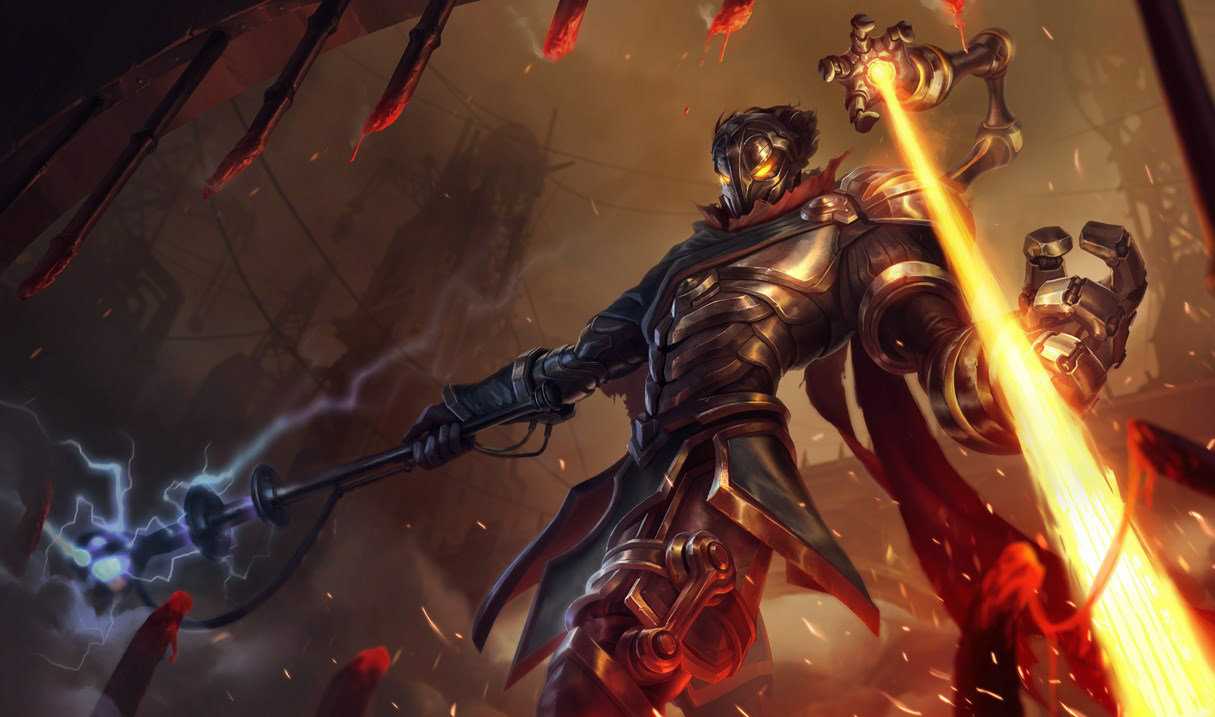
We’re going to skip over our Junglers and save them for last since they’re a special case, so moving into the Mid Lane now we’re going to talk about the two most prominent classes for Mid Laners and how they position for fights, Mages and Assassins.
Starting first with Mages, Mages are a class that’s received some love with Preseason 2022, Crown of the Shattered Queen, Shadowflame, and reworks to the Tear items have brought some Mages up from the depths to compete more heavily with the Assassins that dominated the previous Season’s meta. And after Lethal Tempo Yasuo and Yone ran wild during the Preseason, more love was shone their way with nerfs to those guys.
So, how does this all relate to positioning? Well, it depends on your Subclass of Mage and your chosen Mythic option. To talk first about the Subclasses, there are Burst Mages, like Annie and Syndra, that are entirely focused on deleting one target off the map before they can even contribute to a teamfight. Then there are Battlemages, like Viktor and Vladimir, who have shorter ranges but more DPS, teamfight disruption, or evasion. And finally, there are artillery Mages like Xerath and Vel’koz who are all about poking their opponents down before executing them with their ultimates.
Now, with those Subclasses in mind, let’s talk about Mythics. Mid Laners have four Mythic options to choose from. Luden’s Tempest, Liandry’s Anguish, Everfrost, and Crown of the Shattered Queen. Luden’s is often selected by Burst and Artillery Mages, in their hands it’s not only a little extra damage to help with their initial pop of damage, but it also supplies movement speed, allowing them to disengage on foes that have approached them or dodge abilities until their rotation is back up.
Liandry’s Anguish is taken primarily by Battlemages but can be opted for by other Mages should the enemy team feature a heavy number of tanks, three or more usually. It’s percent-health burn effect is extremely valuable at whittling down beefy targets, and synergizes well with burn or DOT-effects, so you’ll often see Battlemages like Malzahar and Swain opt for this as it adds more redundancy to their spell effects.
Everfrost, unlike the other items, comes with an activation aspect. When used, a ray will shoot from your Champion in straight line and in a cone. Targets in the sweet spot line are rooted, while targets in the cone/fanned out area of the active are slowed. Champions that value this active are those that require a little setup to make the most of the damage in their kit, so you’ll see the likes of Ahri, Twisted Fate, Sylas, and Veigar all utilize it alongside their regular CC to sure up the heavy hitting aspects of their kits, or at worse, that of their teams.
Finally, there’s Crown of the Shattered Queen. Crown was introduced as a response for Mages against their natural enemies, Assassins. Crown’s Safeguard effect reducing the incoming damage to mages by 75% and exists a shield effect similar to that of Banshee’s Veil or Edge of Night. This shield protects Mages from the initial burst of Assassins and other would-be divers for 1.5 seconds and allows them to pop-off their damage or disengage combos in return. And let me just say, this item is mildly over-tuned and rightfully so, giving all the damage that’s present in the game right now. Even non-Mages like Ezreal and Kai’sa have begun to opt for it in favor of the survivability it grants.
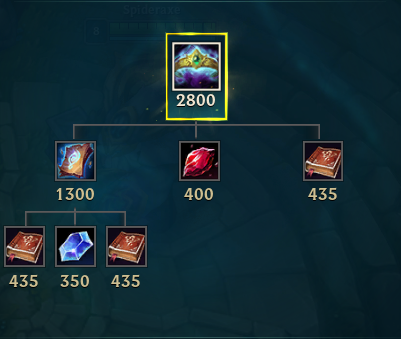
But to finally round out to our positioning advice, I’ll first say, consider what you Subclass wants to accomplish. Burst Mages are notorious for their Flash and Delete plays and brush camping, so they often find themselves positioning forward on fights where they have vision control or coming in off the side or flank on fights where they need to access the backline.
Artillery Mages are comfortable operating from the back or middle of a teamfight. Safe enough behind their frontline, but forward enough that they can whittle away at their opponents and maybe hit a stray carry that positions too far forward.
Battlemages can come from almost any angle depending on who needs to be taken out of a fight, but often find themselves at the front or middle of a fight since they bring tools that are naturally disruptive to enemy attackers or have tools that are evasive and allow them to avoid engages. Think Vladimir’s pool, Viktor’s floor mat, or Malzahar’s spell-shield/ultimate.
And now that you have an idea as to what your class likes to do, consider what pattern of play your Mythic option promotes and potentially what it allows you to get away with. In Luden’s case, you can play a very hit and run style, thriving off the initial burst of the Luden’s proc before retreating with use of the movement speed. With Everfrost, you can fish for your CC and follow it up with your combos to set up a fight or use it as a disengage tool if you need. Liandry’s is a burn option, so you may value that longer teamfight situation so you might want to lay a little poke down before backing off and waiting for the fight to break down before you drop a full rotation of spells. Crown and it’s defensive effects can even help you push your luck and play aggressively against the enemy since you know you can soak their initial all-in before your team follows in. Mid Lane Mage positioning is very dictated around these factors of class archetypes and effects, at least when considering when things break down for teamfighting.
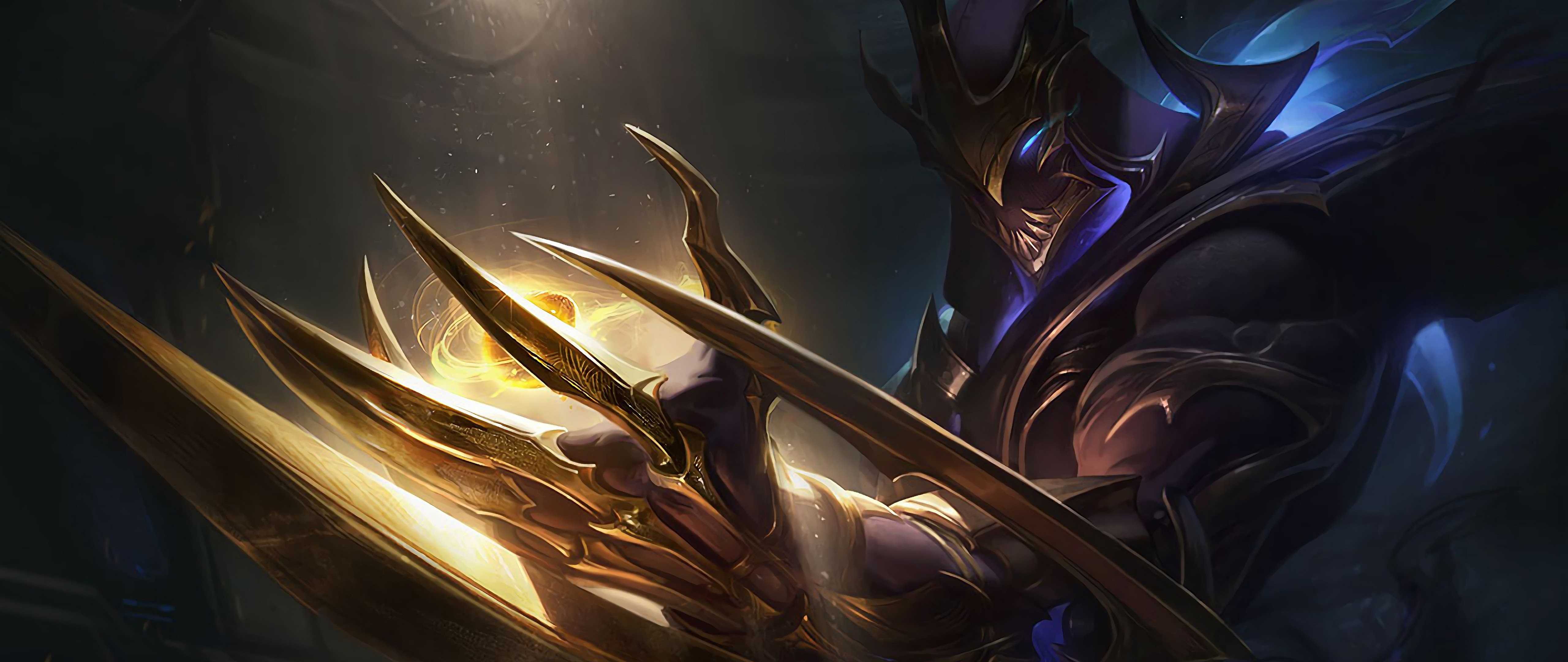
Moving on to Assassins now, Assassins are very one-note when it comes to what they want to accomplish. They want to find the highest-valued carry target and remove them from the game. Coming packaged with mobility and evasiveness to get in and out, they kings and queens at diving in and bailing out if they can’t make the play on their target.
Assassins that are ahead will typically play quite loosely and look for these insta-kill plays by flanking fights, punishing those that are roaming alone to a fight, or are attempting to escape. Their teamfight phase begins, often, a solid two or three seconds after everyone else breaks out since Assassins want to avoid the initial burst and CC of combat since Assassins have minimal defensive stats to cover for getting caught out.
When it comes to items, Assassins aren’t given as many unique effects as Mages. Mainly what Assassin options boil down to is, “more damage’. But, Edge of Night and Quicksilver Sash are worthy options to mention that all Assassin players should be aware of. Edge of Night, built from Serrated Dirk, a Longsword, and Health Crystal, grants the user a spell-shield that can soak an ability when active. This is a great tool against more skill shot reliant teams for Assassins to keep in mind and can be a great way to by-pass the initial CC a Support or Tank might lay down when you dive the backline. Quicksilver Sash is your Malzahar tax in most situations, but against teams that do have a heavy amount of CC, building this item to cleanse the initial effect can let you shirk off attempts to dissuade your pursuit of the enemy carries.
Now that we’ve covered what both primary Mid Classes look for, let's talk about something that all Mid Laners should be aware of that will make your Jungler fall in love with you.
Whenever your Jungler is putting an emphasis on your lane, or is lining themselves up for a gank, you can subtly influence your opponents towards the angle your Jungler is approaching by moving yourself to the opposite side of the lane.

By positioning yourself at an angle from your opponent, often, they’ll adjust their positioning to put the most distance between themselves and you, their perceived biggest threat. So, by positioning yourself at the angle opposite of your Jungler’s approach, you’re influencing your opponent to position closer to your Jungler and thus increasing the likelihood of a successful gank. With Mid being such a short lane, you don’t have to concern yourself with closing the distance either. Once the gank comes in, you should be able to get in range for follow up, or as the gank is happening position yourself forward to layer in with your Jungler.
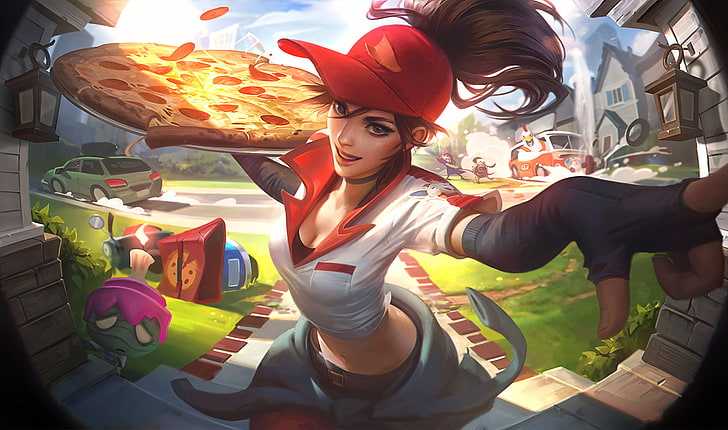
While Mages like Swain are making themselves more common in Bot, and there’s rumors that a unique Bot Laner is going to come to us in Season 2022, Bot Lane is typically home to Marksmen! So, we’re going to focus on those guys for this round.
Marksmen players are typical front-to-back teamfighters, meaning they start with the frontline and progressively work their way back to their counterparts on the backline. Pretty simple stuff. Don’t get confused though, Marksmen might want to shred the frontliners with their DPS but they are certainly not frontline fighters themselves. They instead utilize their range to play from the back of their teamfights to keep themselves safe and force enemies to mow through their teammates before they reach them and halt their DPS output.
There are also situations where your damage might need to reach the backline to make an impact. For these games, you really have to think out of the box on how you’re going to reach your target. Mythics like Galeforce and Crown on some Champions can be enough to push them into range to pop a target without much threat to their person. Additionally, early items like Guardian’s Angel or Quicksilver can allow you to play more forward and disrespect what the enemy has to reach your priority targets.
When it comes to lane positioning, queue in on our Mid Gank example above, but make your positioning angle against the enemy Support. Carries want as much distance between themselves and the enemy Support as possible since the Supports are typically what dictate the exchanges in Bot Lane and are often going to be the go-button and looking to make a move on the Marksmen since they’re the primary damage dealer. Additionally, this setup allows you to stay closer to your opponent Bot Laner to press for poke/trades more easily, especially if you have the range advantage. You can shift these throughout the game depending on who is going to have more of an impact on the lane phase, but typically keep the above in mind.
Positioning is a ton of what makes Support an effective role. Simply your presence 90% of the time can influence the actions of your opponents, even if you aren’t accomplishing anything too impactful. The threat of a Support's abilities is often what makes them such influential figures, so always keep that in mind.
Regardless of Class/Subclass, there’s one common theme to focus on when it comes to Support gameplay. And that’s to control the middle of your lane. By warding the middle alcove brush and staying in control of this area of the lane, you’re opening yourself to have tempo and positioning throughout the lane. So, Mages and Enchanters can poke aggressively from this spot while Tank and Catchers can look for spicy engagements and pressure the forward bush if they hold control.
Come the teamfight phase, your job as a Support can be carried. Enchanters often pocket their Carry counterparts, or the most important damage dealer on the team, accenting their abilities and keeping them healthy. Tanks and Catchers can operate as effectively engage or peel for their team on a case-by-case basis, see our Top Tank section for a bit more info. And Mages will look to do a mixture of poking and peeling as the situation calls for it, similar to their playstyle from Mid.
Junglers have a wide potential to fulfill all of the above mentioned teamfight angles. It all just depends on their Champion and how they teamfight. Since Jungling doesn’t have a lane, there isn’t a need to focus on any of that. And while I could talk about gank approaches, that’s not what this piece is about! So, think about how your Champion is supposed to teamfight and what your team needs you to accomplish. At worst, just peel or damage the primary person looking to kill your team’s carry and you’ll be in the clear at least 70% of the time!
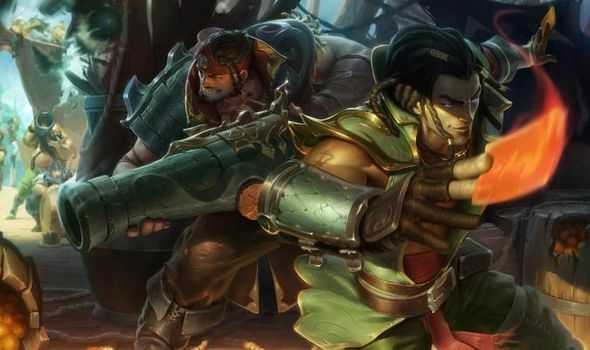
So, there you have it folks! A few tips for each lane, featuring some highlights for specific class information to help you improve your positioning! Apply these tips in game and you’re sure to ascend the League ladder for this new season! See you all in Challenger... After I work up the will for my placements, of course…